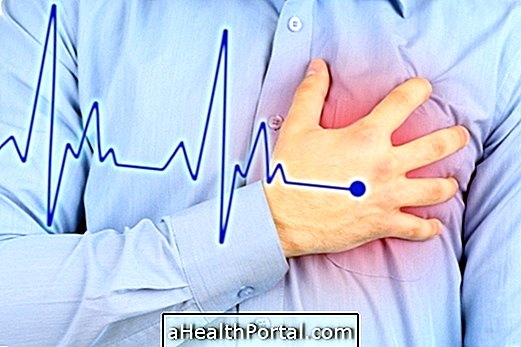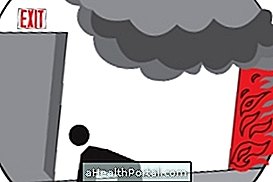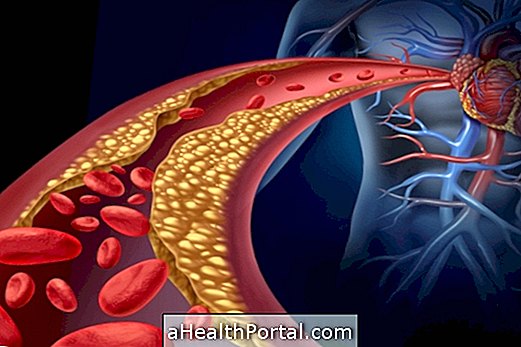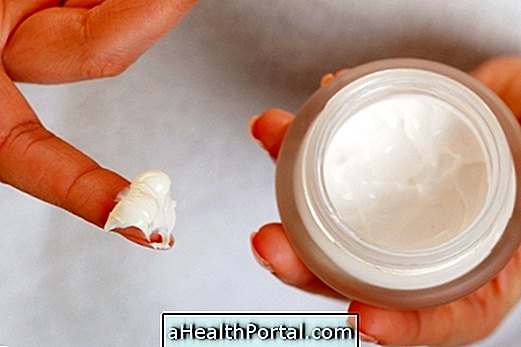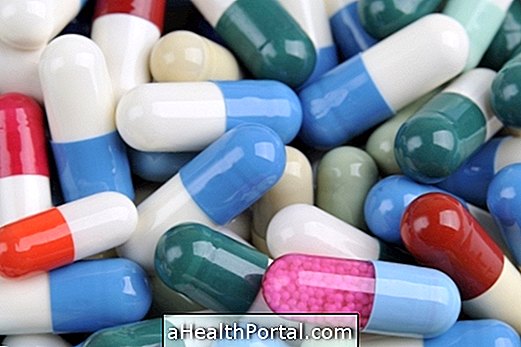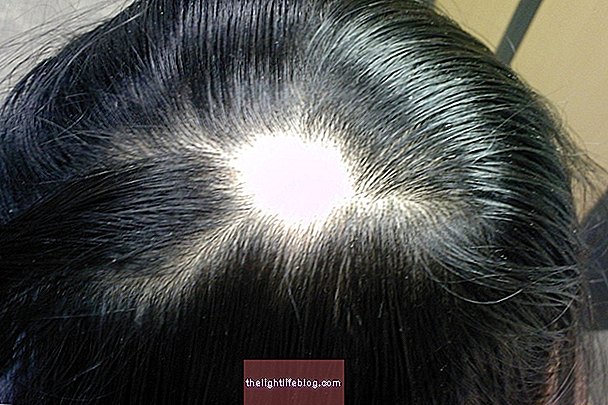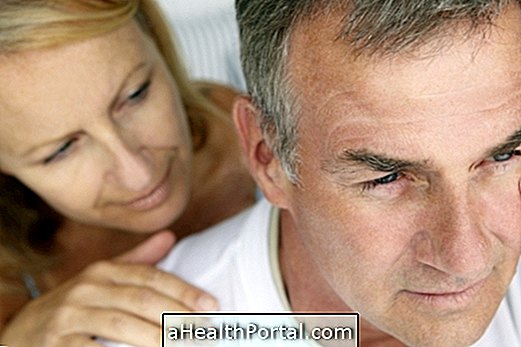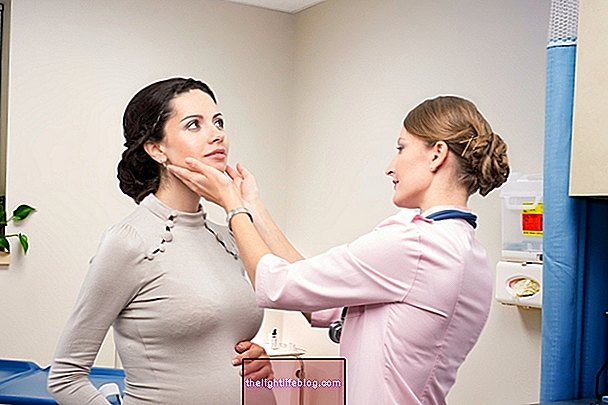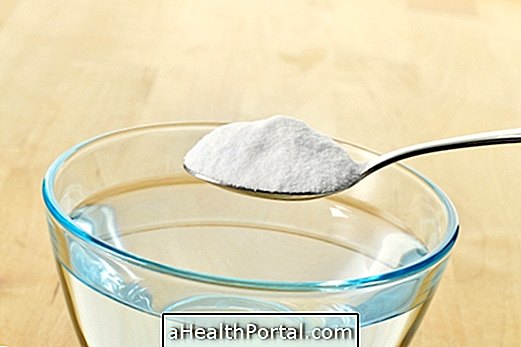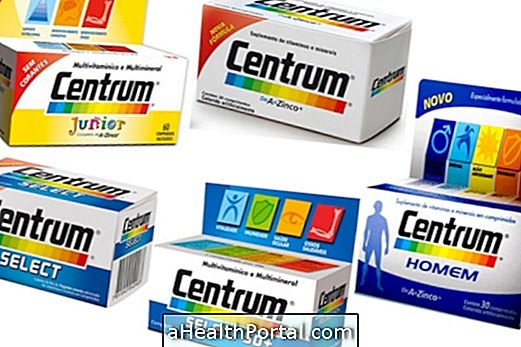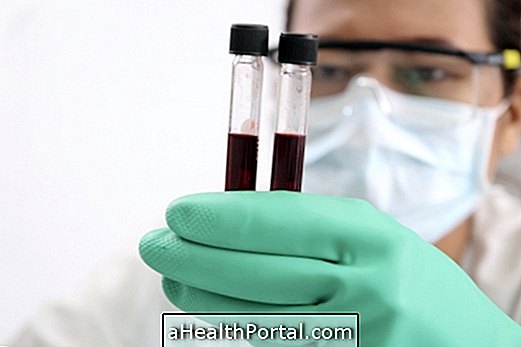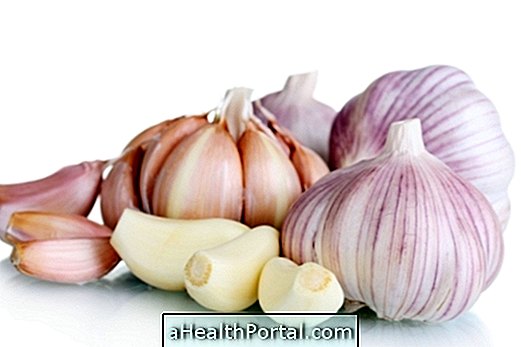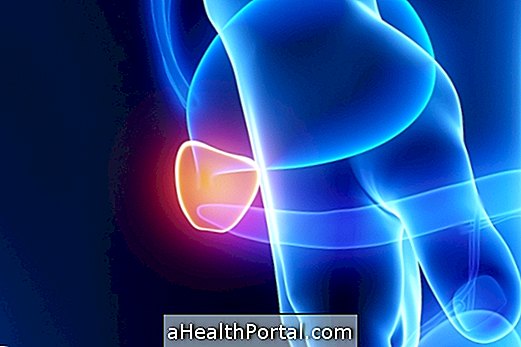Psoriasis is a skin disease of unknown cause characterized by the presence of red and scaly lesions on the skin that can appear anywhere on the body, such as elbows, knees and scalp, for example.
This disease has no cure but is also not contagious and symptom control can be done with the use of medications as directed by the dermatologist.

Symptoms of psoriasis
Psoriasis is characterized initially by spontaneously disappearing skin lesions, called psoriatic plaques, but which can grow spontaneously and cover large parts of the body. In the place of the plate normally there is no hairs, but the growth returns to normal when the plate disappears.
Psoriasis can be classified into several types according to the location in which the symptoms and characteristics of the lesion appear, such as:
- Psoriasis vulgaris, which is the most frequent type of psoriasis and is characterized by the presence of lesions of varying sizes that usually arise on the scalp, knees and elbows. These lesions are red and well delimited and are usually covered by white scales. These plaques can itch and even bleed;
- Guttate psoriasis, in which several small lesions appear on the skin in the form of gout and are usually associated with infections. These lesions appear more frequently in the trunk, arms and thighs;
- Arthropathic psoriasis or psoriatic arthritis, in which, in addition to red plaques, the joints become quite sore. This type of psoriasis can range from the joints from the tips of the fingers to the joints of the knee;
- Pustular psoriasis, in which pus lesions can be seen scattered over the body or in the hands, for example;
- Nail psoriasis, in which yellow spots or depressions appear on the fingernails, and may even be mistaken for a ringworm.
In addition, psoriasis symptoms may appear on the palms of the hands or on the soles of the feet in the form of fissures, being called palmoplantar psoriasis.
Symptoms of psoriasis may disappear spontaneously, with no need for treatment, but may reappear in periods of increased stress, for example. See the main questions about psoriasis.
Psoriasis on the scalp
The symptoms of psoriasis on the scalp usually appear during periods of stress, being characterized by the presence of thick white scales adhered to the scalp, around the hair follicles. In addition, there is redness in the affected region and decrease of the amount of hair in the region.
Psoriasis in children
The symptoms of psoriasis in children and adolescents are the same as in adults, but in very small children there may be some changes. In children up to 2 years old, psoriasis manifests especially in the diaper region, being similar to diaper rash (erythema), but in psoriasis, which is usually psoriasis of the gutta type, there is:
- Slight redness of the affected area, with a slightly shiny shade, with well-defined edges;
- Inguinal folds also affect;
- There may or may not be associated itching.
After about 2 weeks of the appearance of this lesion, it is common to have the same psoriasis lesions on the face, scalp, trunk or limbs. Learn all about guttate psoriasis.
Essential care and treatment
The treatment for psoriasis is done in order to control its symptoms, and should be done as directed by the dermatologist. The treatment is usually done half way through the use of medicines in the form of tablets and ointments, in addition to hygiene measures and hydration of the skin.
It is also important to pay attention to food, giving preference to antioxidant foods and able to keep the skin hydrated. Watch the video and learn how to have an always beautiful and hydrated skin:




